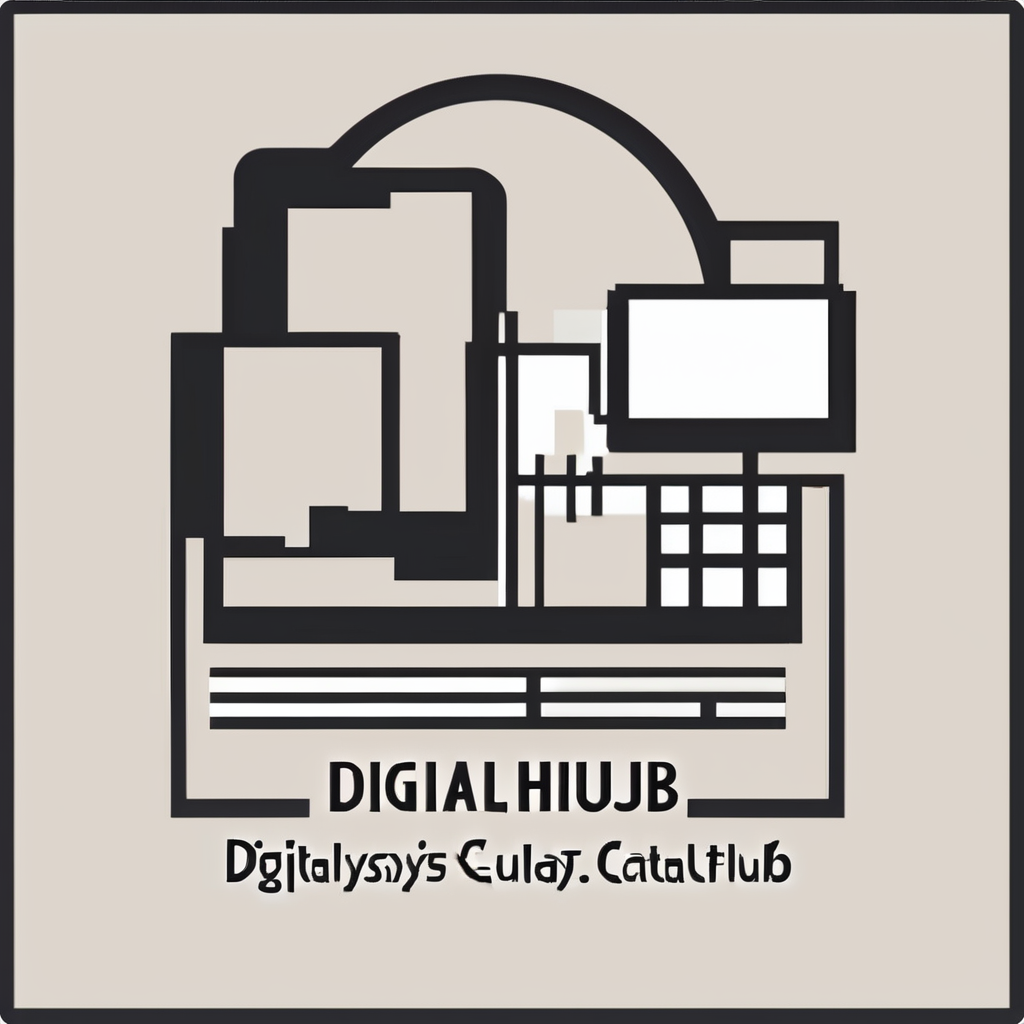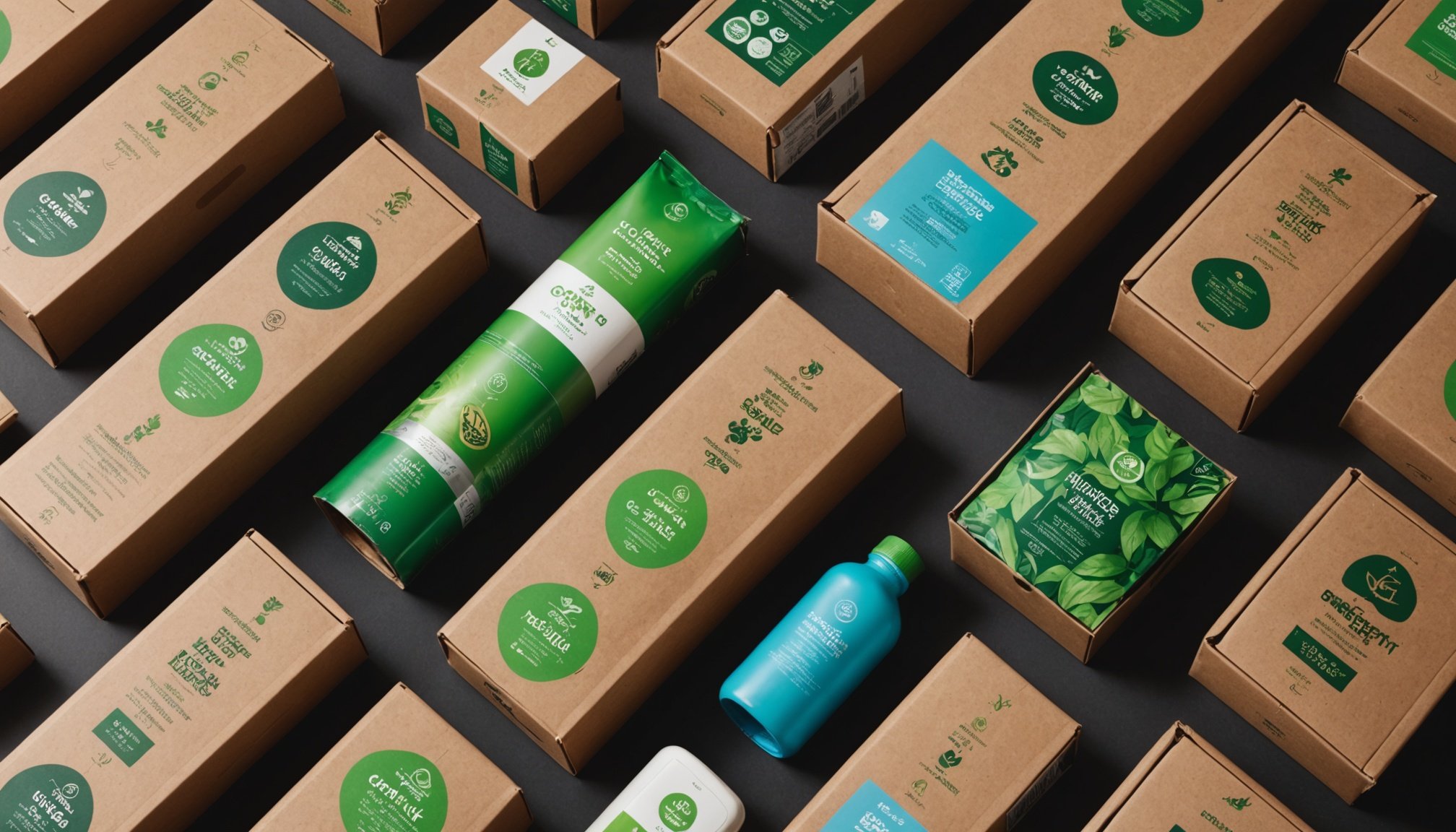Unveiling the Latest Breakthroughs in Sustainable Packaging for UK Consumer Goods
As we step into 2025, the UK packaging industry is on the cusp of a significant transformation, driven by a strong focus on sustainability and environmental responsibility. Here’s a deep dive into the latest trends, regulations, and innovations that are reshaping the landscape of sustainable packaging.
The Shift Towards Extended Producer Responsibility (EPR)
Effective January 1, 2025, the UK has introduced the Extended Producer Responsibility (EPR) regulations, marking a substantial shift in how packaging waste is managed. This new framework places the onus on producers to assume financial responsibility for the entire lifecycle of their packaging, from production to disposal.
In the same genre : Harnessing AI Power: Effective Tactics for UK Telecoms to Boost Network Performance
Key Components of EPR
- Data Reporting Requirements: Producers must submit precise data on the packaging they place on the market. For instance, data submissions for the second half of 2024 are due by April 1, 2025. Accurate and timely reporting is crucial to avoid increased fees and penalties[1][3].
- Household Waste Disposal Charges: Producers are now responsible for covering the costs associated with disposing of packaging that enters the household waste stream. These charges are determined based on the weight and type of materials managed[1][3].
Impact on Businesses
The EPR regulations are expected to add significant costs to UK businesses, estimated to be around £2 billion. However, this financial burden is designed to encourage businesses to use more sustainable materials and reduce unnecessary packaging. As Matt Dobson, Marketing Manager at GWP Group, notes, “This approach not only has sustainability benefits but also potentially significant cost savings”[2].
Optimising Packaging to Improve Sustainability and Cut Costs
In response to the new regulations and rising material costs, businesses are focusing on packaging optimisation. Here are some key strategies:
Also to see : Key Considerations for UK Restaurants Adopting Digital Payment Solutions
Packaging Optimisation
- Redesigning Packaging: Companies are redesigning their packaging to use the least amount of material while still protecting their products. This includes using lightweight performance cardboard and stretch film[3].
- Local Manufacturing and Supply: There is a growing trend towards working with local suppliers to reduce CO2 emissions associated with shipping. Local sourcing can also improve service flexibility and delivery schedules[2].
Example: Macfarlane Packaging’s Approach
Macfarlane Packaging has developed a tool called the Packaging Optimiser, which helps businesses assess their current packaging costs and environmental impact. This tool also suggests new solutions that can save both money and CO2 emissions. For instance, by redesigning a box style or using more efficient materials, businesses can significantly reduce their environmental footprint and costs[3].
The Rise of Biodegradable and Recyclable Materials
The demand for sustainable packaging materials is on the rise, driven by consumer pressure and regulatory changes.
Bioplastics: A Sustainable Alternative
Bioplastics are experiencing unprecedented growth, with the global market projected to reach $14.07 billion by 2032. Unlike traditional plastics, bioplastics offer faster decomposition and reduced greenhouse gas emissions. Europe, in particular, is leading the bio-plastics revolution with strong government regulations and growing consumer support[5].
Switching Away from Plastic Packaging
The UK’s Plastic Packaging Tax, which increases to £223.69 per tonne from April 1, 2025, for plastic packaging containing less than 30% recycled content, is another driver for businesses to switch away from plastic. Many companies are exploring alternatives such as paper-based packs, although it’s crucial to consider the holistic impact, including weight and material costs[3].
Enhancing Recycling Rates and Consumer Clarity
Improving recycling rates and providing clear recycling instructions are critical components of the new sustainability-focused packaging landscape.
Deposit Return Scheme (DRS)
Although initially slated for 2025, the Deposit Return Scheme (DRS) aims to enhance recycling rates for beverage containers by implementing a deposit system refundable upon return. This scheme is expected to significantly boost recycling rates and reduce waste[1].
Clear Recycling Logos
Consumers are demanding more clarity regarding on-pack recycling logos. The current array of different logos and icons can be confusing. The UK government plans to adopt the OPRL “swoosh” from 2026 to provide uniformity and clarity for consumers. As Jude Allan, Managing Director of OPRL, notes, “Empowering consumers with the knowledge and tools they need to play their part effectively” is key to the success of these initiatives[2][4].
Technological Advancements and Automation
Technology is playing a vital role in the evolution of sustainable packaging.
Packaging Automation
Automation in packaging processes can offer significant long-term savings. From small-scale solutions like gummed paper tape machines to full automated options like case erectors and case sealers, automation can streamline production and reduce waste. As Chris Yapp, Co-Founder of Tri-Locker, mentions, “Innovation is the sincerest form of sustainability,” and automation is a key part of this innovation[3][4].
Consumer Demand and Market Trends
Consumer preferences are a driving force behind the shift towards sustainable packaging.
Consumer Preferences
- Sustainability as a Key Differentiator: Consumers are increasingly demanding sustainable products and packaging. This has led businesses to focus on environmental performance as a key differentiator. As Lisa Cain from Smurfit Westrock notes, “Brands need to deliver recyclability without sacrificing performance”[4].
- Local and Eco-Friendly Packaging: Consumers are supporting local suppliers and eco-friendly packaging. This trend is expected to continue, with businesses benefiting from improved service and reduced Scope 3 emissions[2].
Market Trends
Here are some predicted trends for 2025:
- Material Prices and Local Supply: Material prices are expected to stabilise, but rising costs will pressure businesses to seek local and sustainable solutions[2].
- Minimalist Packaging Design: There will be a shift towards simpler, minimalist packaging designs that reflect the increasing focus on sustainability. This includes the use of simple typefaces and bolder colours[2].
- Returnable Packaging: The market for returnable packaging is growing, with 89% of respondents in a survey willing to return packaging. This type of packaging reduces environmental impact and can offer long-term cost savings[3].
Practical Insights and Actionable Advice
For businesses looking to adapt to these changes, here are some practical insights and actionable advice:
Data Management
- Accurate Reporting: Ensure timely and accurate data reporting to avoid penalties and fees associated with EPR regulations[1][3].
- Real-Time Data: Use real-time data to monitor and manage packaging waste effectively.
Packaging Design
- Minimalist Designs: Adopt simpler, minimalist packaging designs that use fewer materials and are easier to recycle[2].
- Clear Instructions: Provide clear recycling instructions and logos to help consumers recycle correctly.
Supply Chain Management
- Local Sourcing: Work with local suppliers to reduce CO2 emissions and improve service flexibility[2].
- Circular Economy: Focus on designing out waste and pollution, and keep products and materials in use within a circular economy[4].
The year 2025 marks a significant turning point for the UK packaging industry, with a strong emphasis on sustainability, recycling, and environmental responsibility. As businesses navigate these changes, it’s crucial to stay informed about the latest regulations, trends, and innovations. By adopting sustainable packaging solutions, optimizing packaging design, and leveraging technological advancements, businesses can not only reduce their environmental impact but also enhance their brand reputation and consumer trust.
Key Takeaways
- Extended Producer Responsibility: Producers are now financially responsible for the entire lifecycle of their packaging.
- Biodegradable Materials: Bioplastics and other sustainable materials are gaining traction.
- Clear Recycling Logos: Uniform recycling logos will help consumers recycle more effectively.
- Packaging Automation: Automation can streamline production and reduce waste.
- Consumer Demand: Sustainability is a key differentiator for consumers.
By embracing these changes and trends, the packaging industry can move towards a more sustainable future, one that benefits both the environment and the businesses involved.
Table: Comparative Overview of New Packaging Trends
| Trend | Description | Impact |
|---|---|---|
| Extended Producer Responsibility | Producers assume financial responsibility for packaging waste. | Encourages sustainable materials and reduces waste. |
| Biodegradable Materials | Increased use of bioplastics and other sustainable materials. | Reduces plastic pollution and greenhouse gas emissions. |
| Clear Recycling Logos | Adoption of uniform recycling logos like OPRL “swoosh”. | Enhances consumer clarity and recycling rates. |
| Packaging Automation | Automation in packaging processes. | Streamlines production, reduces waste, and offers long-term savings. |
| Minimalist Packaging Design | Simpler, minimalist packaging designs. | Reduces material use and enhances recyclability. |
| Local and Eco-Friendly Packaging | Increased focus on local suppliers and eco-friendly packaging. | Reduces CO2 emissions and improves service flexibility. |
| Returnable Packaging | Growing use of returnable packaging. | Reduces environmental impact and offers long-term cost savings. |
Detailed Bullet Point List: Steps to Achieve Sustainable Packaging
-
Conduct Packaging Audits: Assess current packaging to identify areas for improvement and potential cost savings.
-
Use tools like the Packaging Optimiser to evaluate environmental impact and costs.
-
Redesign packaging to use minimal materials while ensuring product protection.
-
Adopt Biodegradable Materials: Explore the use of bioplastics and other sustainable materials.
-
Consider the global market trends and consumer preferences.
-
Evaluate the environmental benefits, such as reduced greenhouse gas emissions.
-
Implement Clear Recycling Logos: Use uniform recycling logos to enhance consumer clarity.
-
Adopt the OPRL “swoosh” or similar logos to standardize recycling instructions.
-
Ensure that packaging includes clear and legible recycling information.
-
Automate Packaging Processes: Integrate automation in packaging production.
-
Invest in small-scale solutions like gummed paper tape machines or full automated options.
-
Monitor the return on investment and long-term savings.
-
Focus on Local and Eco-Friendly Packaging: Work with local suppliers to reduce CO2 emissions.
-
Evaluate the benefits of local sourcing, including improved service flexibility.
-
Promote eco-friendly packaging materials and designs.
-
Increase Use of Returnable Packaging: Explore the use of returnable packaging solutions.
-
Assess consumer willingness to return packaging.
-
Evaluate the long-term cost savings and environmental benefits of returnable packaging.
By following these steps and staying informed about the latest trends and regulations, businesses can navigate the evolving landscape of sustainable packaging effectively and contribute to a more environmentally friendly future.











